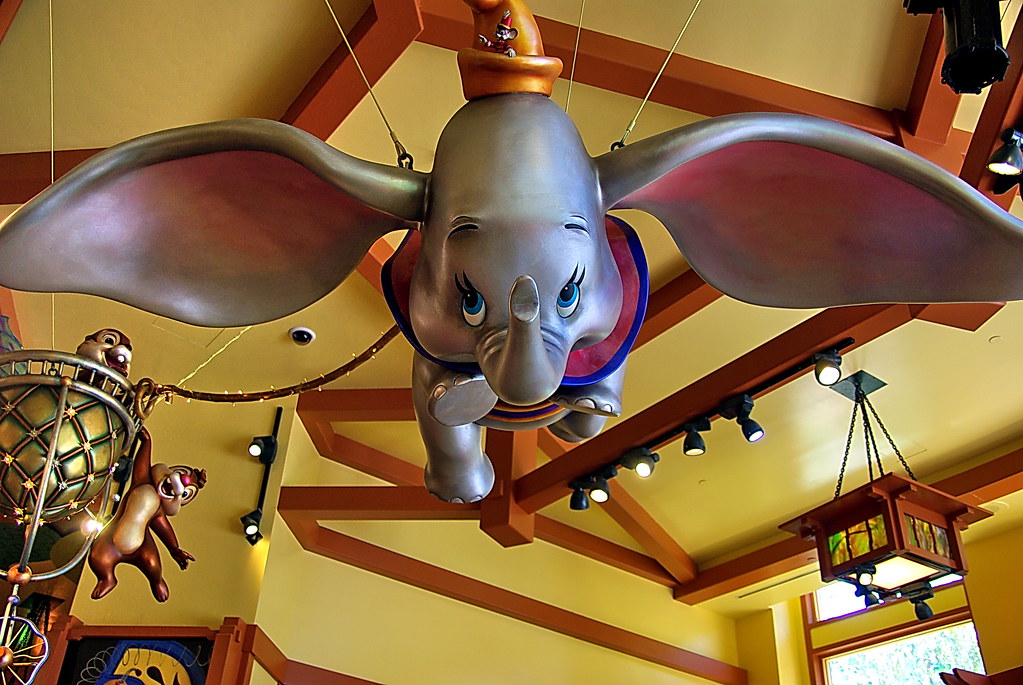Scientists are noticing the widespread body-part growth of warm-blooded creatures which they believe could be a response to our planet’s rising temperatures.
No longer the stuff of fairy tales (a real-life Dumbo would be endearing if it weren’t for the concerning reasons behind it), scientists have discovered that our impact on the environment – namely human consumption of fossil fuels – could be sending natural selection into overdrive.
This is according to new research led by Sara Ryding for Trends in Ecology & Evolution, which found animals across the globe to be ‘shapeshifting,’ likely in order to better survive our planet’s rising temperatures.
A phenomenon known as Allen’s Rule which sees warm-blooded creatures evolve larger appendages to dissipate body heat and vice versa in cold climates, it isn’t entirely out of the ordinary.
What is, however, is the rate at which these birds and mammals are being forced to grow larger ears, beaks, and tails.
With these differences becoming drastically more pronounced in the last few decades, it’s thought they’re a desperate attempt to keep up with the Earth’s rapidly fluctuating conditions.

‘The climate change that we have created appears to be heaping a whole lot of pressure on them, and while some species will adapt, others will not,’ explains Ryding, who adds that if left unmonitored, the situation could amount in their shrinkage, loss of fertility, and even total extinction.
‘Their transforming physiology is occurring over a far shorter timescale than would usually be expected and we’re not sure that all species are capable of changing and surviving.’
Though Ryding and her team say it’s difficult to pinpoint climate breakdown as the sole cause of this, it’s what all studied instances have in common.
Traversing a range of geographical regions and a diverse array of species, results revealed anthropogenic warming to be the only logical explanation.





















